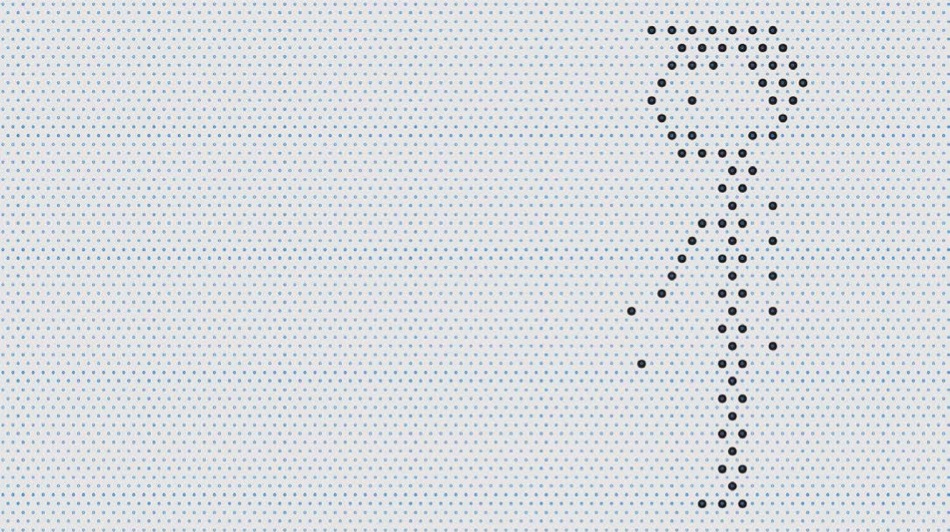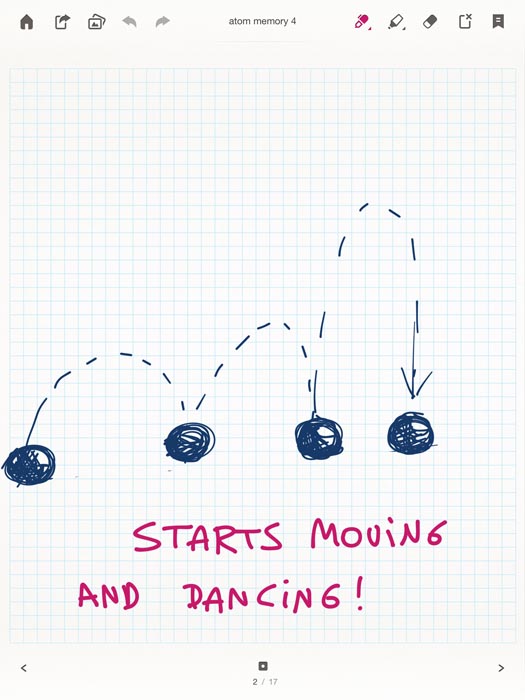
BOY & ATOM
photographing atoms
A Boy and His Atom is a 2013 stop-motion animated short film directed by Nico Casavecchia and released on YouTube by IBM Research. The movie tells the story of a boy and a wayward atom who meet and become friends. It depicts a boy playing with an atom that takes various forms. One minute in length, it was made by moving carbon monoxide molecules with a scanning tunneling microscope, a device that magnifies them 100 million times. These two-atom molecules were moved to create images, which were then saved as individual frames to make the film. The movie has been recognised by the Guinness Book of World Records as the World's Smallest Stop-Motion Film.
Since its release A boy and his Atom has gotten unprecedented media coverage in virtually every news outlet in the world and collected numerous film awards.
PRESS
AWARDS
My journey directing the WORLD’S smallest film
As soon as we started, the challenges began to come forward. The first challenge was to create a common language between the scientists and the artists. After long hours of research and conference calls we started to understand the tools in the lab and the process of Andreas Heinrich and his team of scientists in California. Through this, we were able to define the limitations of the project. We had to create a film using no more than 5000 movements of single atoms, which was a huge limitation for the character design. Every element in the animation had to be very economic, so when it moved, it used the least amount of operations by frame. The second challenge arose from learning that atoms cannot be aligned orthogonally like the pixels of a computer screen, they have to be organised hexagonally like the bricks on a wall. This defined the kind of characters that we could create, their movements and the kind of story we could tell.
Once we knew the rules of the game we started thinking about stories that could be told within those boundaries. With Ogilvy & Mather New York, we arrived to the script of "A boy and his atom".
The agency wanted a story that could be understood by any culture, without words, which could express emotions. Our objective was to tell something using such small amount of pixels and a single color.
This led us to research 8bits video games from the 80s, that told amazing stories with such limited resources, like a space battle with only a small amount of pixels.
The next step was to travel to Buenos Aires, where together with the production team of Punga, we designed the characters and the animation that the scientists used as reference. After that, I returned to New York where a programmer created a software that allowed us to translate the Punga created animation into a language that the scientist's computer could understand.
In San José, California, we met with the scientists right before starting the next phase of the process. During that week I worked with Andreas and his team organising the finite details. When I came back to New York, the group of scientists began their work. For over a month, they made shifts to create the smallest stop motion film in the world. When that was finished we reconstructed the animation frame by frame without adding any post production details, using just the images created in the lab.
The process of creating "A boy and his atom" was a collaboration of an incredible group of people. From the team in 1stAveMachine, the production company in charge of the movie, Punga, the Argentinian animation studio who did the animation, Ogilvy & Mather, the agency and especially Andreas Heinrich and his team in IBM.
In November 2012, I received the most interesting commission of my career as a director. To work with a team of IBM scientists to create the smallest movie in film history. The idea was to use a "Scanning tunneling microscope", a tool that allows scientists to visualise and move individual atoms over a surface, to create a movie in stop motion.
































